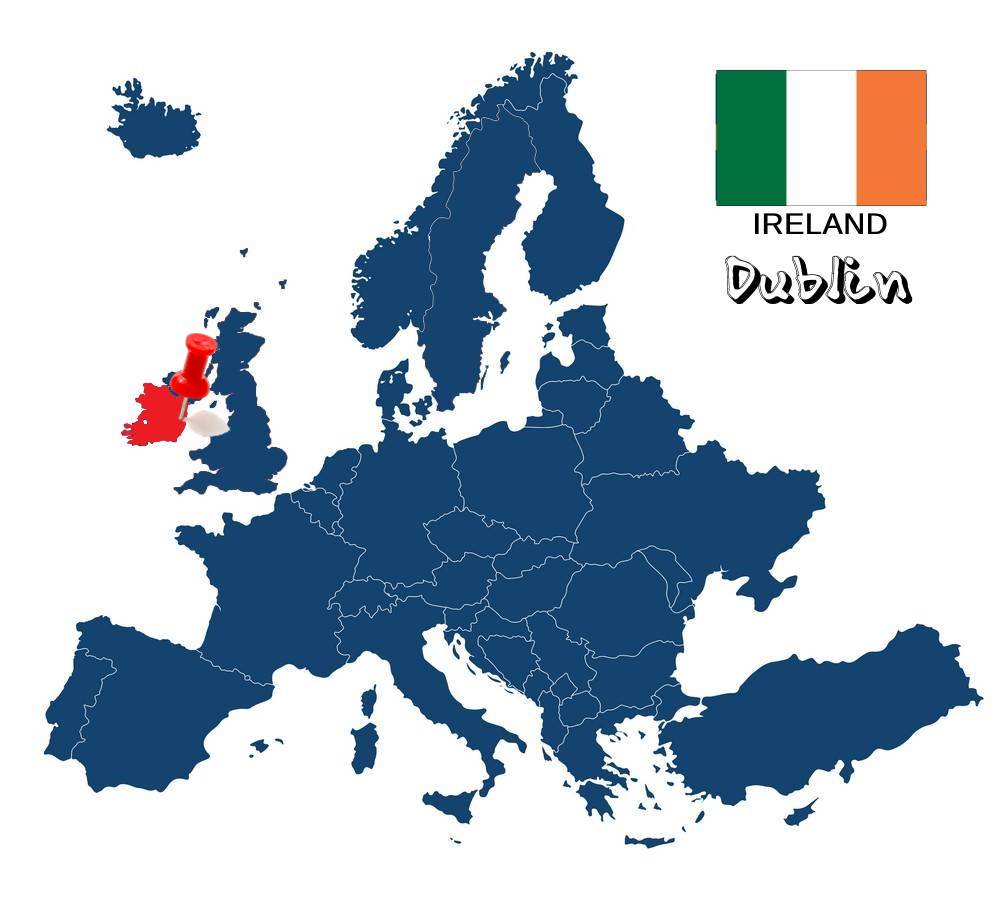
Dublin has it all. Medieval buildings, impressive temples, reverse driving, Irish pubs and plenty of beer. And that's just one aspect of the city. The Irish capital also has a modern side filled with lively pedestrian streets, graffiti, street food, wandering musicians and much more waiting to be discovered!
A few words about the city
Dublin is the capital of Ireland and the largest city on the island. It is located approximately in the middle of the east coast of the island, at the mouth of the River Liffey and is, of course, considered the cultural, commercial and industrial center of the country. At the same time, it is considered a global economic and commercial center (23rd in the ranking of the main economic centers), while it is the city with the fastest growing population on the European continent and is an internationally recognized intellectual and cultural center with a number of leading universities and educational centers. It was originally founded as a centre for the Viking slave trade and has been the chief town in Ireland since the Middle Ages! The name of the town comes from the Irish words "Dubh linn" meaning black swamp or Black Lake, while its Irish name is "Baile Atha Cliath" and means "place by the Reed pass". Today the population of Dublin is estimated at 505.739 inhabitants within the city; while in the wider area live 1.661.185 million inhabitants. So I chose for you, what I consider worthy of attention for someone visiting the city for the first time.
O’ Connell Street
A proper exploration of Dublin always starts at O’Connell Street. This is conceivably the most central and certainly the most commercial street of the city, in which you will find in addition to hundreds of shops, restaurants, pubs and some of the most remarkable buildings of the city. First and most impressive is the GPO WITNESS History Exhibition, which is one of the oldest preserved buildings in the Irish capital and is home to the General Post Office and the museum with stories of people who survived the 1916 uprising (GPO Museum)!
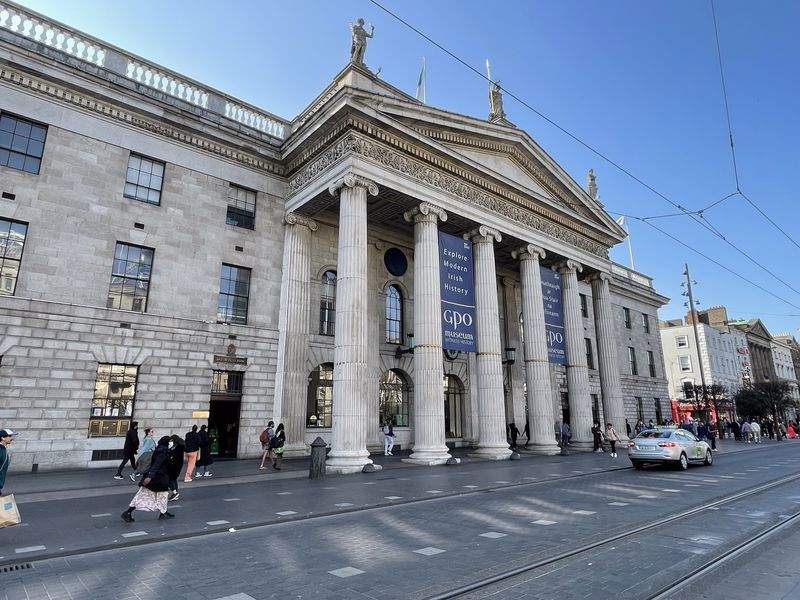
Directly opposite stands the Spire or Monument of Light, as is its official name. It is a gigantic steel structure 120 meters tall, designed by architectural firm Ian Ritchie, aimed at an "elegant and dynamic simplicity that bridges art and technology". Whether they ultimately succeeded is a controversial issue, as the locals do not particularly value the Spire.
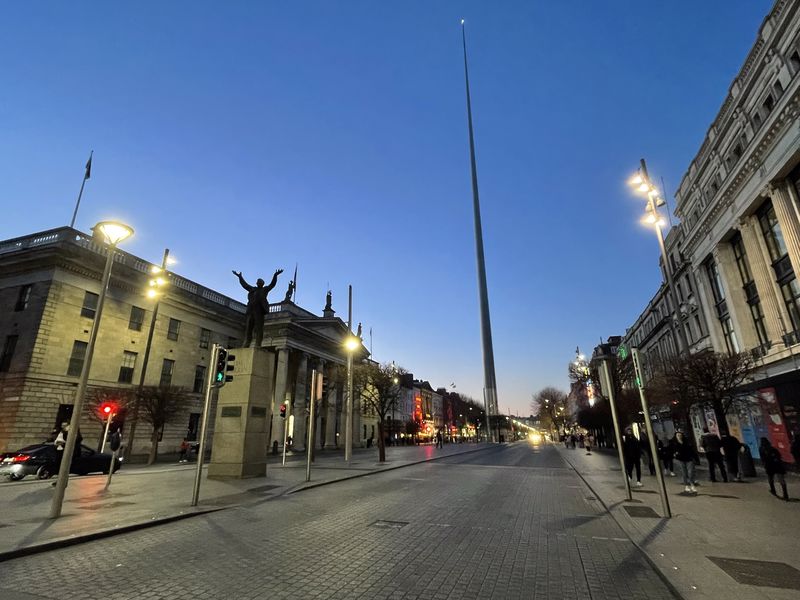
Finally, at the end of the street, where O’Connell Street meets the Liffey River, stands imperiously the bust-monument of Daniel O’Connell. Daniel O’Connell was a great Irish politician of the 19th century and the country's first national leader!

Ha’Penny Bridge - O’ Connell Bridge
Leaving O’Connell Street behind, you will find yourself on the Liffey River. This river actually divides the city in two, and one can cross the opposite bank from more than ten bridges! The oldest and most famous of these is, of course, the Ha'penny Bridge, which was built in 1816. This pedestrian bridge served as the entrance of goods from the north to the south side of the city and the cost was only half penny, which gave it its name.
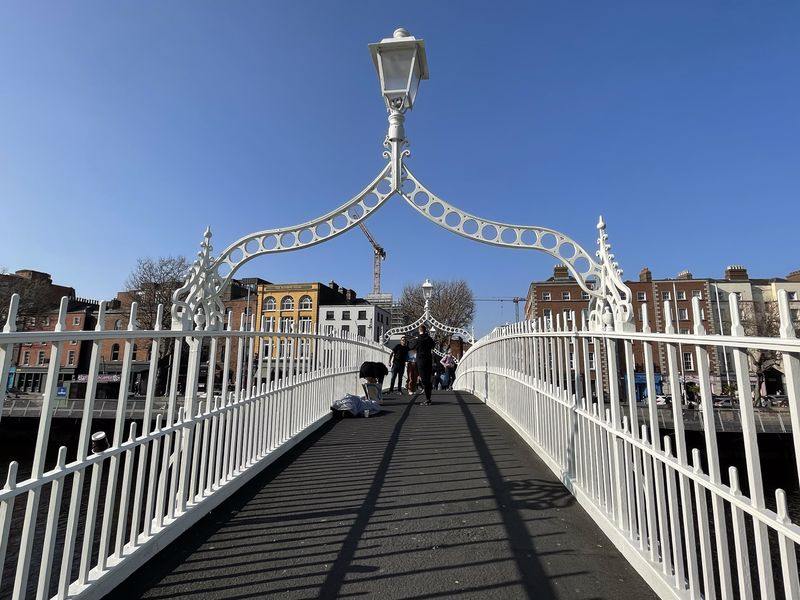
The second bridge worth walking on is the O’Connell Bridge, which is a continuation of the homonymous road and dates back to 1790. From there you will have the opportunity to admire the perhaps most characteristic image of Dublin, namely the river Liffey and from behind the Ha'penny bridge.

Christ Church Cathedral–St Patrick's Cathedral
The largest and most imposing Church in Ireland is undoubtedly the Saint Patrick's Cathedral. This particular church is dedicated to the patron saint of the city and was founded in 1191 by Bishop John Comyn, on the site of a smaller church that again honored the same saint. It is where most of the country's events take place, from the celebration of national anniversaries to the funerals of high-ranking state officials. Entrance to the temple costs 8e.
The other Dublin church worth visiting is the Christ Church Cathedral. This is the oldest, medieval church in the city, which dates back to 1028! There you can admire the majestic windows, the impressive architecture of the church, but also discover the historical treasures of Dublin! One of them is the showcase with the mummies of a cat and a mouse that the locals call “Tom and Jerry”! Entrance to this temple costs 10e.
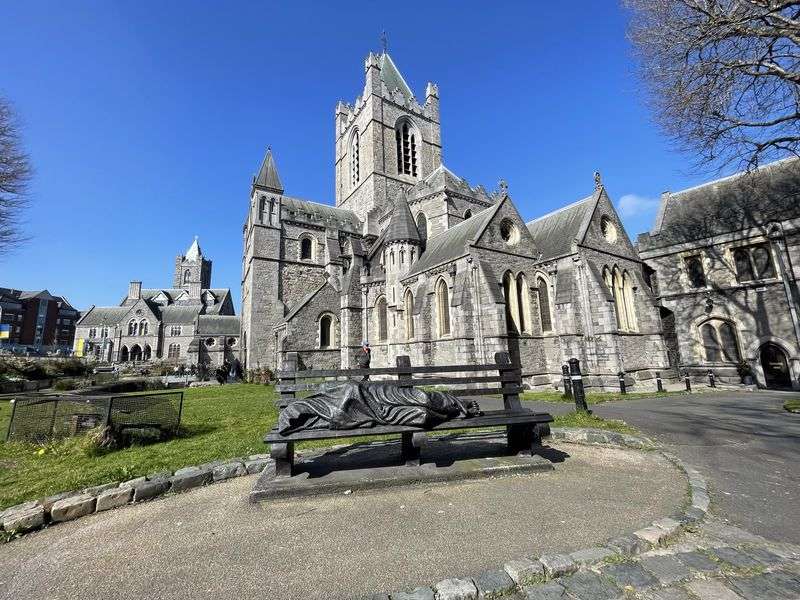
Dublinia
And from the Christ Church Cathedral, you can reach the other side of the road and the Dublinia Museum, via a stone inner bridge. This particular museum is completely different from what you are used to, since through innovative ways, interactive exhibits and regular actors, the whole history of the Vikings and the medieval city is presented. Admission to the museum costs 15e.
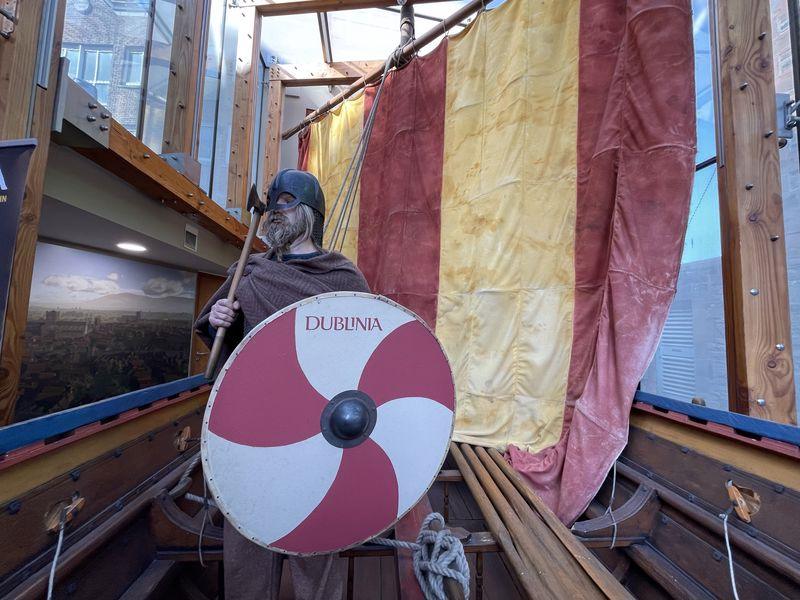
Dublin Castle
Dublin Castle was built in 1204 by order of King John for the defensive shield of the city and is considered to be one of the ancientest buildings in the city. Over the centuries it has been used as a fortification, royal residence and seat of the newly established leadership of the free Irish state, while today it is used as a venue for the swearing-in of the president of the Republic, but also for various state ceremonies or receptions. In its halls, you will admire an excellent collection of paintings and furniture, while in the underground crypt you will also see remnants of the Viking fortress that existed at the site. Finally, it is worth visiting the Presidential Apartments, the neo-gothic royal chapel and the impressive gardens of the castle, where once stood the Black Lake (Dubh Linn), which gave its name to the Irish capital. Entrance to the castle costs 8e.
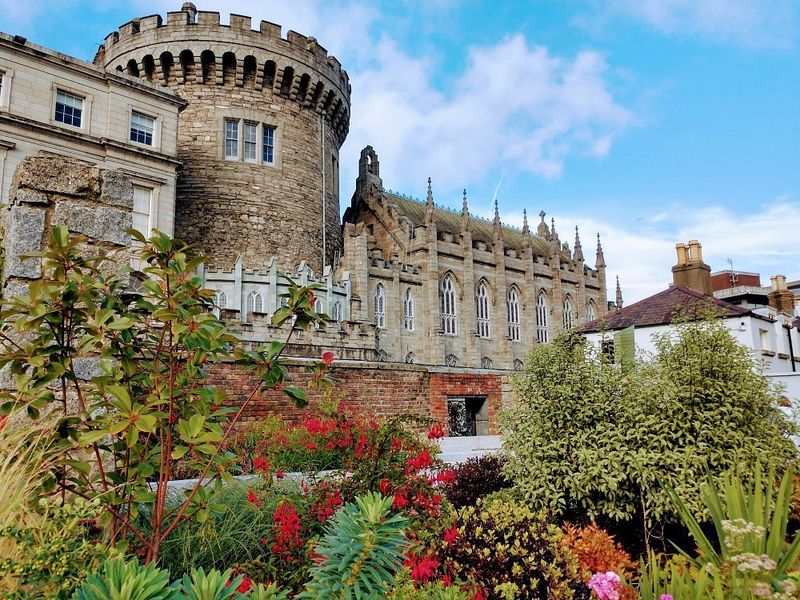
Temple Bar
This district is located on the South Bank of the river Liffey and is considered the most touristic part of the city. It has retained its medieval character, with its traditional buildings and cobbled streets, while its name probably comes from Sir William Temple. Sir Temple was dean of Trinity College, Dublin in 1609 and maintained his Manor in that area. Temple Bar is known mainly for its nightlife, which lasts until the next morning, so you will get a taste of how the Irish have fun. At that place you will find from Victorian pubs to modern cocktail bars, with their common characteristic being good mood and love for fun. The hallmark of the area is, of course, the homonymous legendary pub “Temple Bar”, which you will recognize by its red facade and the plenty of people waiting outside to drink the traditional dark beer of Ireland! My suggestion is not only to stay in this pub, which also attracts the most tourists, but to visit others pubs such as Brazen Head, which is also the oldest in the country (1168)!
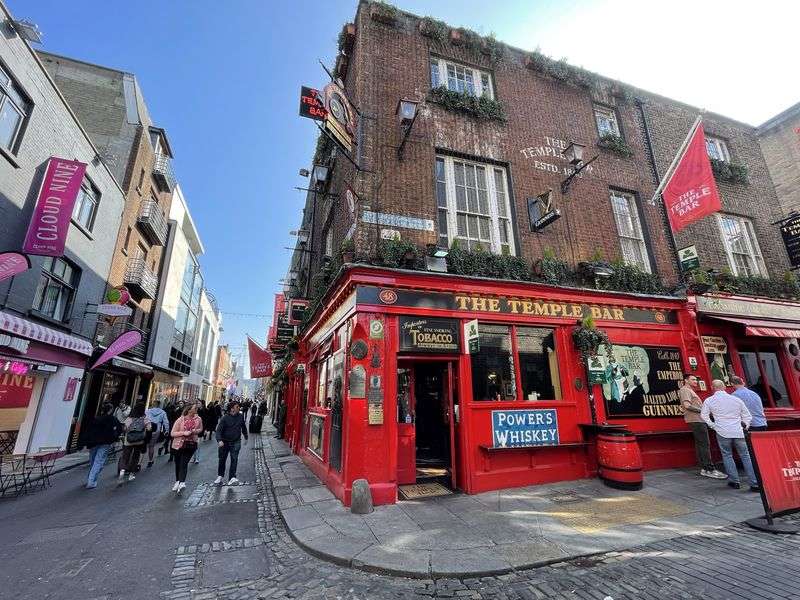
Trinity College
Trinity College is the largest university in the country and is an attraction in itself. It was founded in 1592 by decision of Queen Elizabeth I and today is on the 43rd place in the list of the most important universities at the world level! In addition to the walk on the campus of the university, it is worth entering the library, which hosts, among other things, a rare exhibit. The Book of Kells is a 9th-century manuscript, considered the world's first color book, documenting the four gospels of the life of Jesus Christ. The entrance to the Book of Kells costs 18e and the ticket should be booked online!
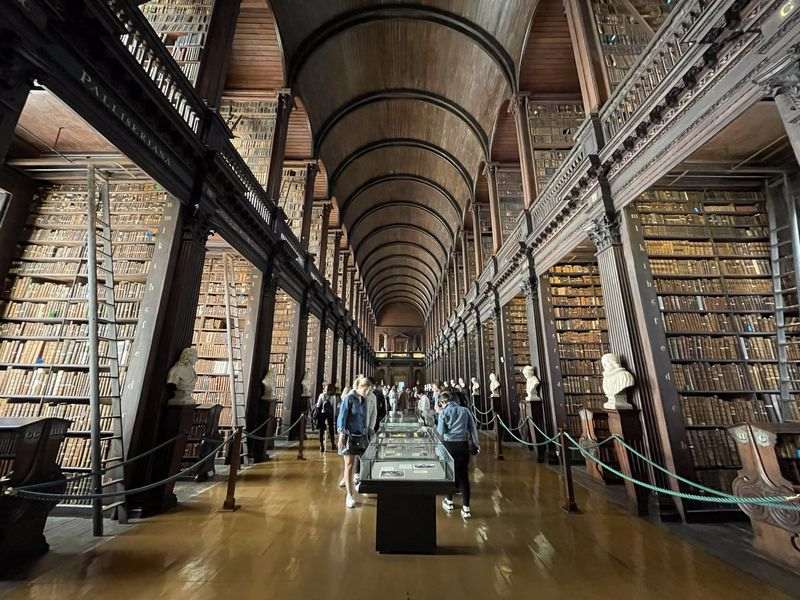
Molly Malone Statue
The Molly Malone Statue is considered one of the city's landmarks. This bronze statue was made during the Dublin Millennium celebrations in 1988 and represents a fictional heroine (fishmonger by profession). Molly Malone is the protagonist of the traditional Irish song of the same name, which has become the unofficial anthem of Dublin.
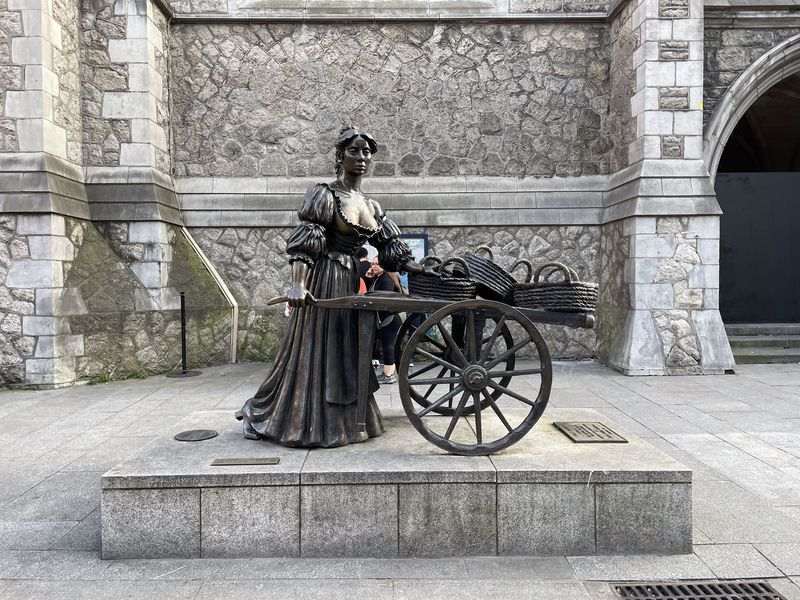
Oscar Wilde Monument
Another statue in Dublin that is worth seeing up close is that of the famous author Oscar Wilde (Oscar Wilde Monument). At the edge of Merrion Square Park, you will discover the colorful statue of the Irish author sitting on a rock, as well as some plaques with some of his most famous quotes. Some meters away you can visit the house where he spent his childhood, while finally first editions and other notable exhibits about his life are available at the Dublin Writers Museum.
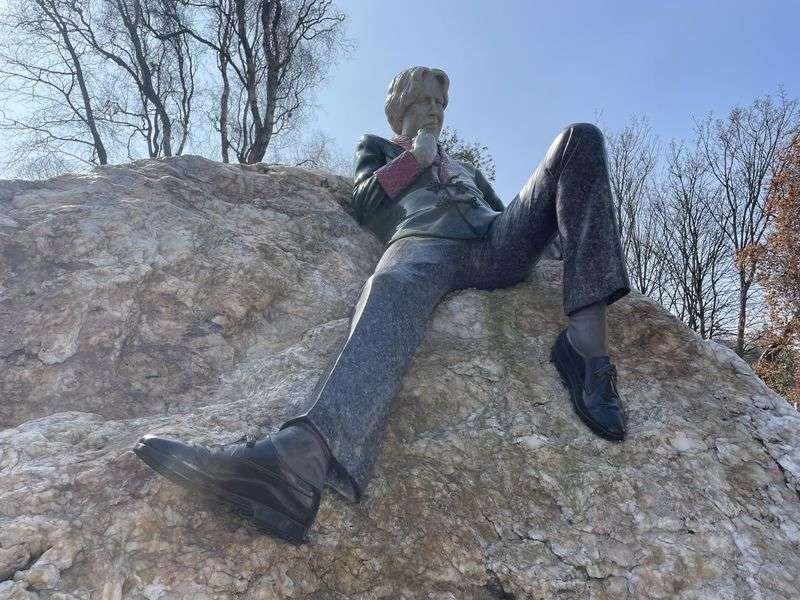
Phoenix Park
The green gem of the city is none other than Phoenix Park. It is located in the western part of Dublin and is the largest fenced park in any European Capital. To understand its size, it is enough to consider it is larger than all the parks in London together! Being there, you will experience some of your most carefree moments in the Irish capital, since you will find a zoo, stadiums of all sports, historic buildings like Farmleigh and the House of the president of the Irish Republic, while you will have the opportunity to feed the deer that have been roaming freely there since the 17th century! Finally, it is interesting that the Irish government is lobbying UNESCO for the park to be designated a World Heritage Site.
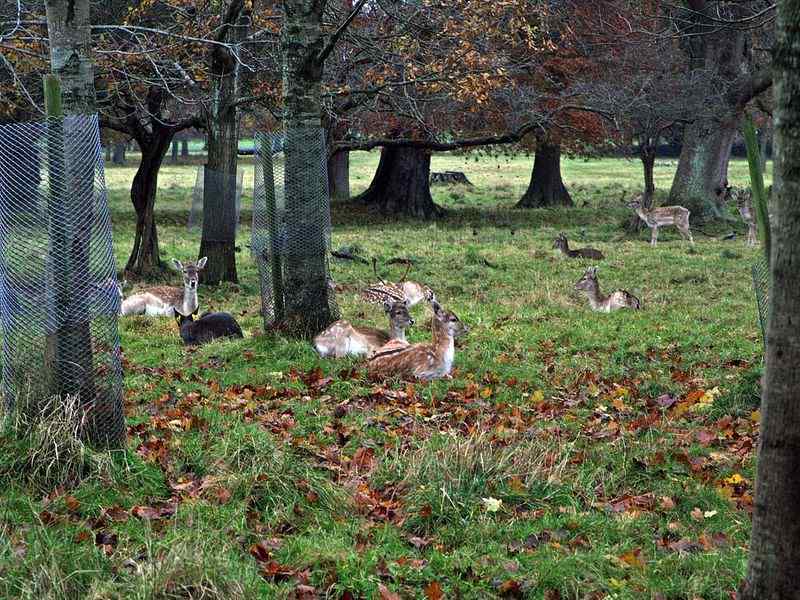
Kilmainham Gaol
A diverse experience for a visitor to Dublin is to cross the threshold of the former Kilmainham Gaol Prison, which now functions as a museum. The site served as a prison from 1796 until 1924, and in the twentieth century was associated with some of the most important political events in the recent history of Ireland. Dozens of citizens or executives of organizations that fought for the independence of the country were imprisoned, tortured or even executed. During the tour you will have the opportunity to learn about the history of the place, the people who were imprisoned there and the conditions of its detention. The ticket costs 8e and you have to book it online as well.
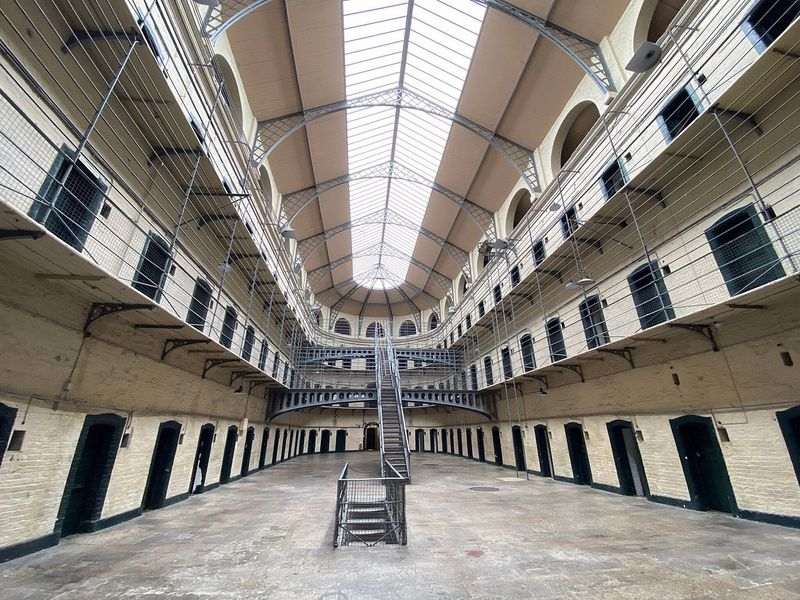
Guinness Storehouse
When we talk about Ireland, one is the first thing that comes to mind, beer. And not some random beer, but Guinness! The company's former factory (Guinness Storehouse) has been transformed into a showroom, where you will learn everything about beer and its production process. Specifically, on the ground floor, the founder of the industry Arthur Guinness is presented, as well as the four basic ingredients of the drink (water, barley, hops and yeast), while as you go up, the information and interactive exhibits increase. On the seventh floor, in the Gravity Bar, you will have the opportunity to enjoy an iced black beer with 360 degrees views of Dublin city! The entrance costs 18-25 euros, depending on the time you choose and the reservation must be made online, while the price includes beer at the end of the tour.
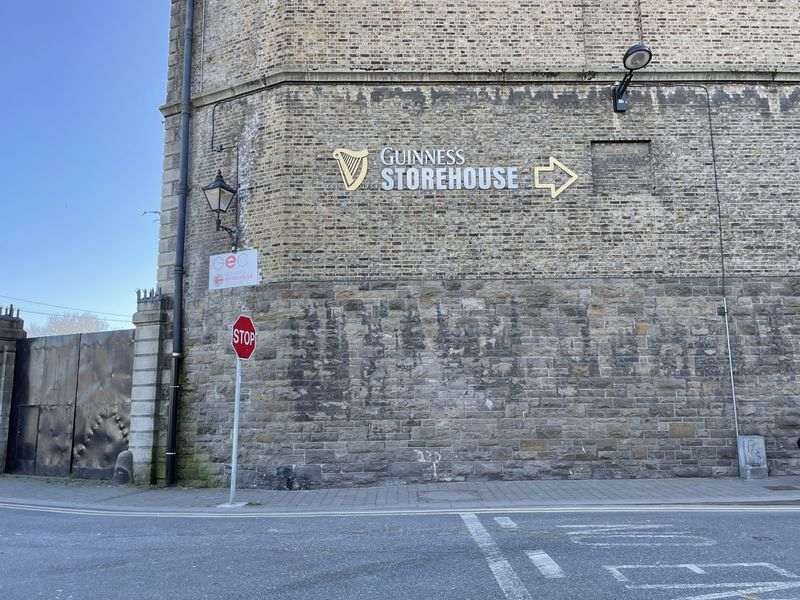
National Museum of Ireland
Dublin is a modern European metropolis, with a rich history and a rare cultural and Literary Heritage. To get a taste of them, you just have to visit the National Museum of Ireland, which is divided into three "sub-museums"! The first is the National Gallery, which has an extensive, representative collection of Irish paintings and is also known for Italian Baroque and Dutch painting. The second is the Natural History Museum, which includes over 2 million objects in the fields of Zoology and geology, with one million of the specimens being insects. Finally, the third is the Archaeological Museum, specializing in Irish and other antiquities dating from the Stone Age to the Late Middle Ages. Admission to all three museums is free.
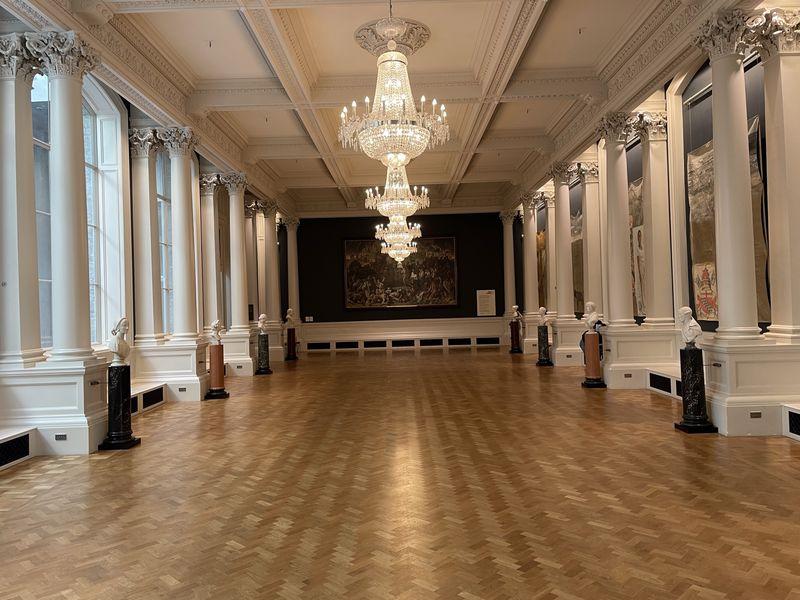
How to go
Thessaloniki is connected by air to Dublin and Dublin International Airport, via Ryanair, where with proper planning one can find tickets starting from 48€ round trip!
Where to stay
When visiting Dublin you should keep in mind that accommodation is very expensive! What we call value for money does not exist, as all hotels are overpriced. My suggestion is the Academy Plaza Hotel, a three star hotel in the city center, which has all the modern amenities at relatively normal prices!
How to move
There is no metro in Dublin, but to be honest I don’t think it is needed at all. The buses, which are double-decker, along with trams are the main means of transport in the city, with very regular itineraries and stops, without exaggeration, every two meters, so surely one of them will take you to your destination. Taxis are relatively expensive, but on the island there are uber-type applications, from where you can order a taxi cheaper. Finally, renting a car in Dublin is not a very good idea, as apart from the fact that it is extremely expensive and the driving is reversed, the Irish people are not very famous for their driving skills!
What to eat
The principle of traditional Irish cuisine is simple: hearty and tasty. In this practical country, meat and potatoes are held in high esteem and are found in almost all recipes. Still, the methods of processing the ingredients are also simple: they are baked, boiled or fried. Therefore, the local national cuisine is often called rude- this is a stereotype that has evolved over the centuries and is refuted in a matter of minutes on the Irish table. Some of the country's most traditional dishes are Boxty (fried potato bread), mushrooms stuffed with herbs, coddle (Lucan soup), purees, soda bread, lamb stew and Barmbrack (cake with raisins). To get a solid dose of Irish cuisine and culture, I recommend visiting the Temple Bar, the Brazen Head and the Porter House. For Italian I recommend Forno 500, for delicious tarts the Queen of Tarts and for ice cream the Gino's Gelato.
Useful information

In Ireland we travel with a passport or a new type of Identity Card, where the details are indicated in Latin characters.
In Ireland the language used is, of course, English, but the Irish accent is special, so you may often find it difficult to understand exactly what they mean. Of course, everyone is very polite and affable and will help you; since they greatly appreciate you speak their language.
The currency of the country is, of course, the euro!
Dublin is two hours behind Greece (GMT 0).
In Dublin, driving is backwards, so be careful how you cross the streets.
The Greek Embassy in Dublin is located at 1 Upper Pembroke Street, and its phones are +3531 6767254, 6767255.
Getting to and from Dublin Airport is simple, as there are continuous bus services, taking you to O'connell Street!
The best period to visit Dublin I would say is March and more specifically the 17th of this month, when the well-known St. Patrick’s Day.
Recommended excursions → Cork, Galway, Cliffs of Mohair

If this article seemed interesting or contributed to your quality information, then you can like my facebook page: o_thessalonikios or follow me on instagram!








